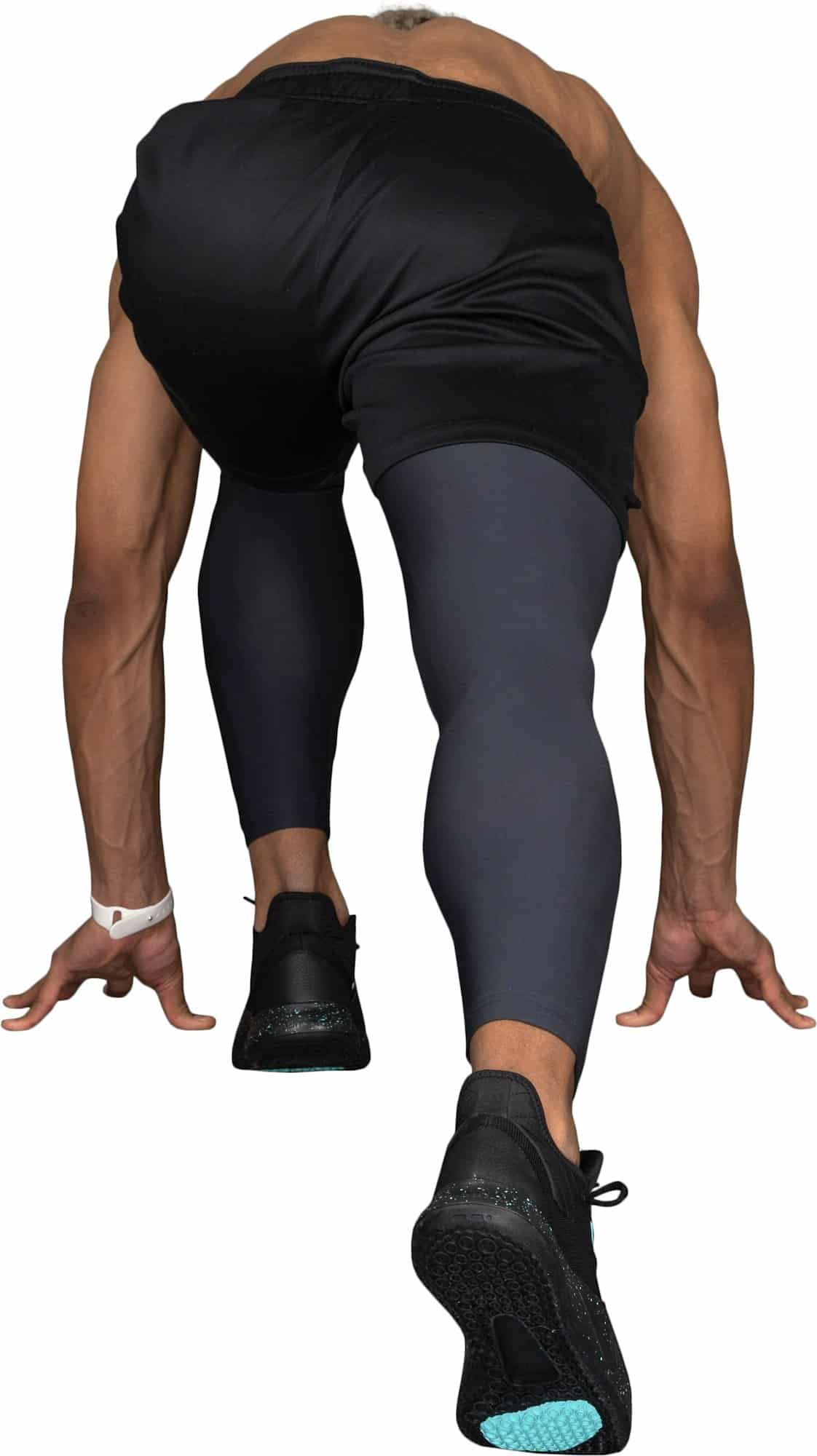Can Regular Use of Compression Socks Benefit Individuals with Venous Insufficiency?

If you’re struggling with the discomfort and pain of venous insufficiency, compression stockings may provide some relief. These specially designed socks apply gentle pressure to your legs, helping to promote blood flow and alleviate symptoms. But how effective are they really? This article delves into the research to answer that question.
Understanding Venous Insufficiency
Before we delve into the impact of compression stocking therapy on venous insufficiency, it’s essential to understand what this condition entails. Venous insufficiency, also known as chronic venous insufficiency (CVI), occurs when your leg veins don’t allow blood to flow back to your heart. Varicose veins, or swollen, twisted veins, are a common sign of this condition.
A lire en complément : What Are the Latest Non-Invasive Techniques for Brain Stimulation in Treating Depression?
Symptoms of venous insufficiency can range from mild — such as a feeling of heaviness in the legs — to severe, including leg ulcers or sores. Although it’s not life-threatening, it’s a chronic condition that can significantly impact your quality of life.
The Science Behind Compression Stockings
Compression stockings are a type of elastic sock, designed to exert pressure against the leg while decreasing pressure higher up, closer to the body. They’re tightest at the ankles and gradually become less constrictive towards the knees and thighs.
Avez-vous vu cela : What Are the Nutritional Considerations for Vegan Athletes to Optimize Performance?
This graduated pressure helps fight the effects of gravity and assists the body in moving blood back up the legs towards the heart. The benefits of compression therapy have been well-documented by scholars, with numerous studies available on platforms like PubMed and Google Scholar.
Efficacy of Compression Stockings in Venous Insufficiency Treatment
Several studies conducted on the efficacy of compression socks have displayed positive results in managing venous insufficiency. For instance, a study published on PubMed revealed that compression therapy could reduce symptoms associated with chronic venous diseases, such as leg swelling and skin changes.
Furthermore, research suggests that these stockings may improve the quality of life for people with this condition. The ease of use, the lack of significant side effects, and the potential benefits for symptom management make them a desirable treatment option for many patients.
Compression Stockings as a Preventive Measure
While compression stockings are a well-established part of the treatment plan for venous insufficiency, there is also evidence to suggest they may play a role in prevention. Regular use of compression socks could potentially prevent the progression of venous disease and the onset of more severe symptoms.
Consistent pressure on the legs helps maintain blood flow and reduce the likelihood of blood pooling in the veins, which can cause varicose veins and other venous diseases. Consequently, even for those not currently experiencing severe venous insufficiency, wearing compression stockings may still be beneficial.
How to Use Compression Stockings
Wearing compression stockings might seem straightforward, but there are some tips to ensure you reap the most benefits. Firstly, it’s crucial to wear your stockings all day for maximum efficacy. They apply the most pressure when you’re standing, so you’ll see the most benefits if you put them on first thing in the morning and take them off before bed.
Size is also critical. Too tight, and the stockings may be uncomfortable or impede circulation; too loose, and they may not provide the desired compression. Thus it is advisable to have your size taken by a professional to ensure a proper fit.
In conclusion, while compression stockings can’t cure venous insufficiency, they can play a significant role in managing and potentially preventing the symptoms of this chronic condition. However, as with any treatment, it’s essential to discuss with a healthcare provider before starting any new therapy.
Potential Risks and Side Effects of Compression Stockings
While compression stockings are generally safe and beneficial for individuals with venous insufficiency, it’s equally crucial to be aware of potential risks and side effects. In rare cases, these elastic socks may cause problems such as skin irritation, discomfort, or even cuts and blisters if they’re not fitted correctly. Additionally, some people might experience a temporary increase in leg cramps or aches after starting to use the socks.
Being aware of these potential side effects can help you to manage them efficiently. For instance, if you experience skin irritation, you might need to try a different brand or type of compression stocking to find one that’s more compatible with your skin type. Similarly, if you’re finding them uncomfortable, it might be that they’re too tight, and you need to choose a different size.
It is also worth noting that compression stockings aren’t suitable for everyone. Although they can be hugely beneficial for people with venous insufficiency or varicose veins, individuals with conditions such as arterial disease, heart failure, dermatitis, or peripheral neuropathy should avoid using them, unless advised otherwise by a healthcare professional.
Conclusion
In summary, compression socks are a valuable tool in the management of venous insufficiency. They provide graduated compression to promote blood flow back to the heart, relieving symptoms and potentially preventing further progression of the disease. Various studies, available on resources like PubMed and Google Scholar, have demonstrated their efficacy in improving patients’ quality of life.
That being said, like with any treatment, compression stockings are not without potential risks and side effects. It’s vital to ensure proper use, correct size, and right stocking material to minimize any adverse effects. Furthermore, while they can be an effective preventative measure, they cannot cure venous insufficiency or replace the need for a comprehensive vein treatment plan.
Always talk to your healthcare provider about your symptoms and potential treatment strategies. With their guidance and the regular use of compression stockings, you can manage your symptoms and live a more comfortable life with venous insufficiency.
